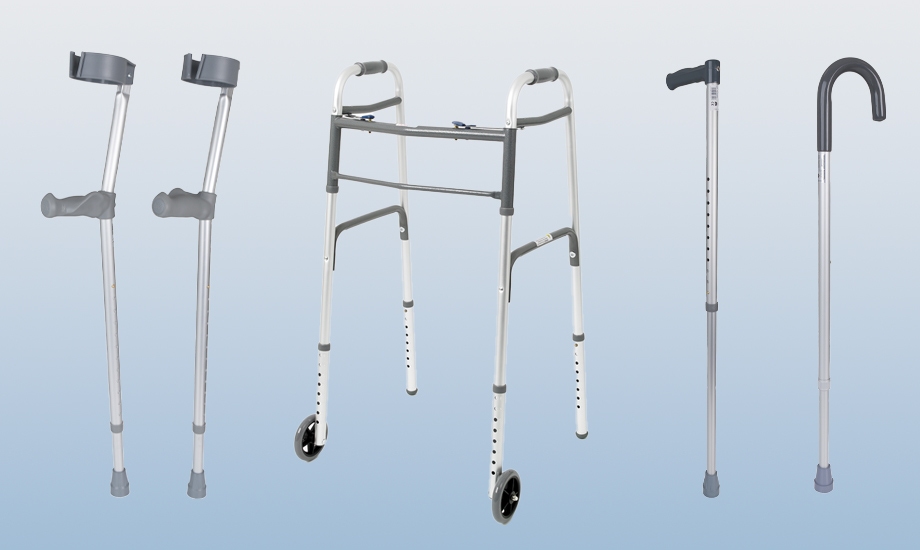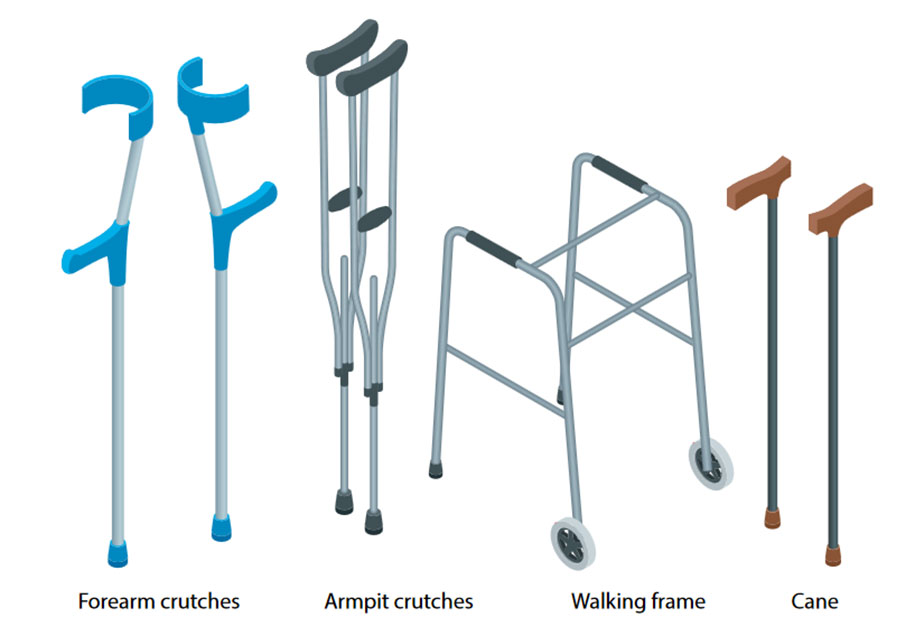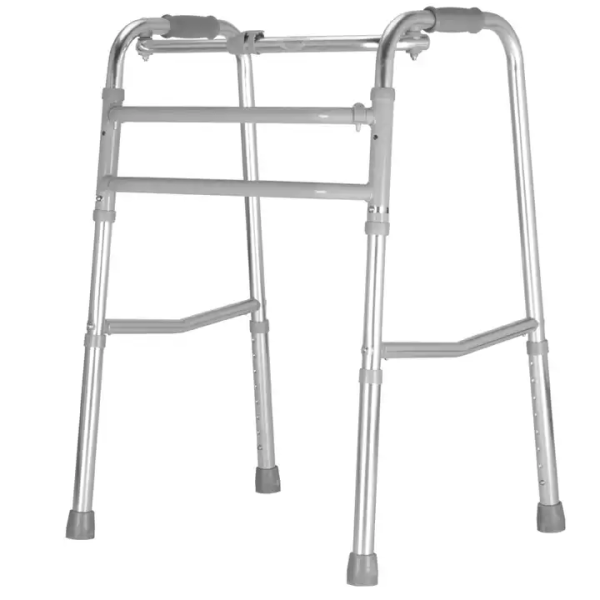


Date: 07 Nov 2025
When it comes to recovery, elderly care or simply living with reduced mobility, finding the right mobility aid makes all the difference.
In this article, we'll explore why mobility aids are essential, the various types available (walkers, crutches and canes), features to look out for before buying online, and how to compare affordable versus premium options.
Mobility aids serve as vital supports for individuals recovering from injuries, undergoing surgery or simply experiencing age-related mobility decline. They help reduce fall risk, relieve strain on joints and muscles, and enable more independent movement. By providing stability and confidence, these aids allow users to remain engaged in everyday activities rather than remain isolated.
In elderly care environments, having the correct mobility device can significantly improve quality of life. It supports safer ambulation, reduces caregiver burden and allows seniors to maintain dignity and autonomy. For recovery contexts—such as post-operative rehabilitation or after a fracture—timely use of mobility aids facilitates earlier movement and can shorten recovery timelines.

Walkers provide broad support by distributing weight across a stable frame, making them ideal for users who need maximum stability. They typically feature four legs (or two wheels and two legs), hand grips and sometimes wheels or brakes for ease of movement. For example, Pharmily offers a range of walking aids described as “durable, adjustable and easy to use” for recovery and elderly mobility.
When selecting a walker, attention should be given to the frame’s material (aluminium vs steel), weight capacity, whether the model folds for storage or transport, and if wheels are present for smoother movement. For those with limited upper-body strength, wheeled walkers (often called rollators) provide an easier option.
Crutches shift weight off one leg (or sometimes both) and are typically used during recovery from injury, surgery or when one limb must stay partially non-weight-bearing. The pair of “Axillary Underarm Crutches” featured on Pharmily demonstrates an aluminium frame, soft under-arm pads and height adjustability to suit different users.
Correct sizing and fit are critical for crutches: they must allow for proper clearance under the armpits, have handgrips at the correct height, and rubber tips must be in good condition to prevent slips. Crutches allow mobility while healing but require upper-body strength and good coordination.
Canes are a lighter mobility aid that provides minimal support compared to walkers and crutches, but enough to improve balance and reduce fall risk for individuals with mild mobility issues. On Pharmily, “Walking Sticks – Supportive, Stable, and Comfortable Mobility Aid” are described as having an ergonomic handle, non-slip rubber tip and adjustable height for customised comfort.
A cane is often suitable for elderly users who are still able to walk relatively independently but need occasional support, or for people recovering gradually and using the aid as a transitional device. When choosing a cane, look for comfortable grip, correct height and a stable base (single tip vs multi-tip).

Buying mobility aids online offers convenience—and with it, the need to carefully inspect features to ensure suitability. Here are key attributes to assess:
When comparing affordable vs premium mobility aids, the key differences often lie in material quality, design refinements, adjustability, added features and brand warranty/support.
Affordable Options:
Premium Options:
In summary, an affordable model may suffice for light, occasional use; the premium option becomes worthwhile when mobility demands are higher, the user is outdoors more, or long-term support is required.
Here are two notable products from Pharmily that exemplify the above types and features:
This product illustrates a premium recovery-type mobility aid: although likely more expensive than a simple standard cane, it offers greater stability, adjustability and comfort, making it well suited for intensive use.
This is an example of an affordable, straightforward mobility aid ideal for users who need moderate support and want a cost-effective, everyday solution.
Mobility aids such as walkers, crutches and canes play a critical role in recovery, elderly care and everyday independence. By understanding the types of aids, the features to look for, and whether an affordable or premium model suits your needs, you’ll make a better-informed decision.
With trusted online suppliers such as Pharmily offering genuine, quality devices delivered across Kenya, shopping online for the right mobility aid has never been easier. Choose wisely, fit the device correctly, maintain it regularly, and you’ll ensure safer, more confident movement for yourself or your loved one.
Q1: Can I buy a mobility aid online safely?
Yes. As demonstrated by Pharmily, online pharmacies in Kenya that are licensed and reputable offer genuine medical-grade mobility aids with nationwide delivery. Always verify the certification, brand reputation and return policy.
Q2: How do I determine which type of aid I need (walker vs cane vs crutches)?
Q3: What height adjustment should a walker or cane have?
For a cane or walker: when standing upright, the top of the device should line with your wrist crease (when arms hang naturally). For crutches: adjust so the under-arm pad is about 1–2 inches (≈5 cm) below the armpit and the hand-grip allows a slight bend at the elbow (~15–30 degrees).
Q4: Is a premium mobility aid always worth the extra cost?
Not always—but if you will use the aid regularly, outdoors, on uneven surfaces, for long distances, or you have additional support needs, then the extra cost may be justified for better comfort, durability and features. For occasional or indoor use a basic model may be perfectly adequate.